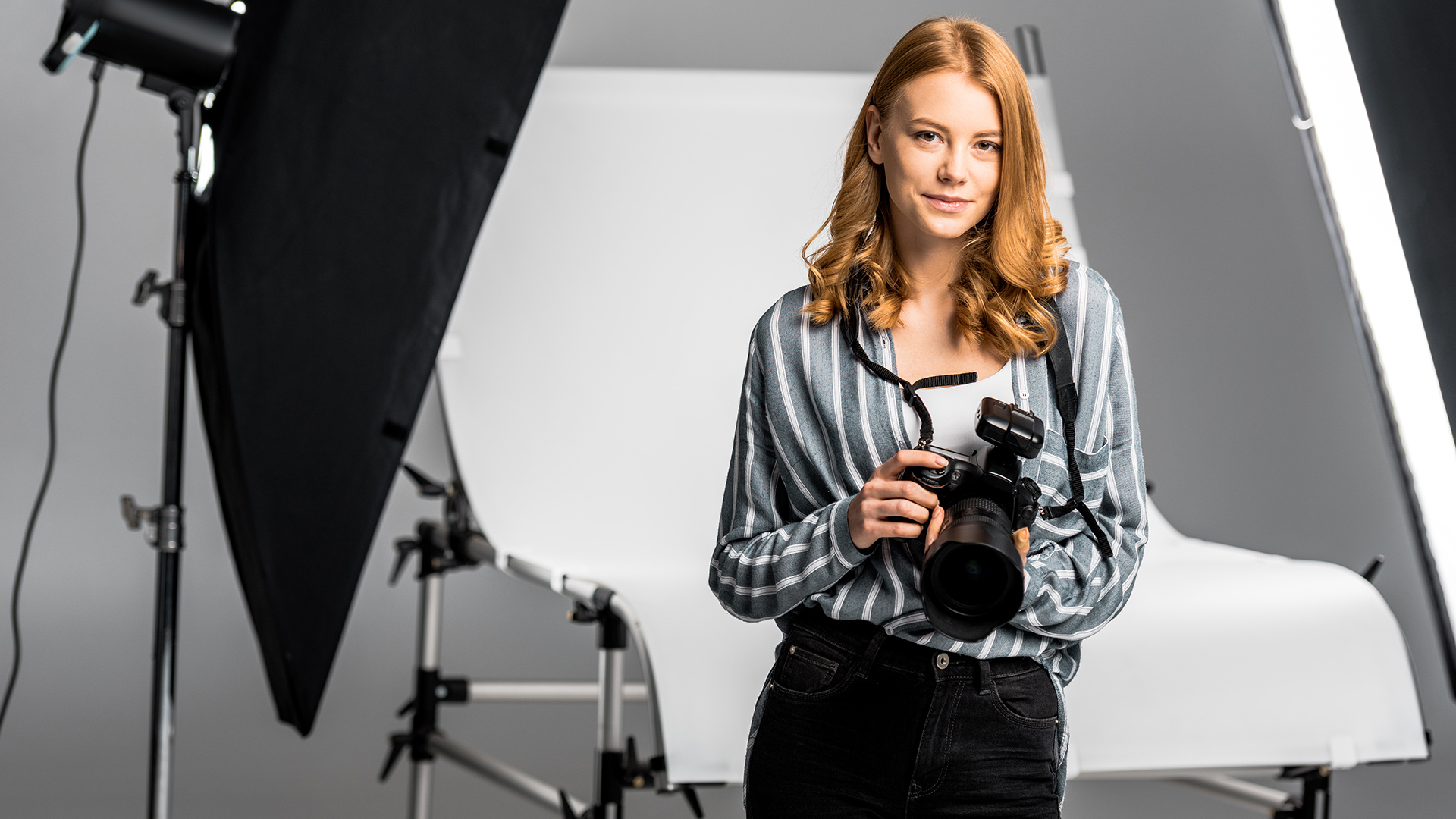
Replay: Bounced light used to be the favoured way of easily creating a large, diffuse light source. But has this incredibly effective lighting technique been forgotten in the drive for LED lighting? An Austrian company has come up with a product that creates the most beautiful bounced light we've seen.
Has bounced light gone a little out of fashion? Once upon time, the most common way to produce soft light was to bounce a powerful lamp off an 8’ x 4’ poly sheet. Of course, these techniques are still in use but, for many, the advent of LED lighting panels has made these redundant. Well, perhaps not. LEDs, great as they are, are not the answer to everything.
Soft light, by necessity, radiates from a large surface area; you can’t really get soft light from a small source. ‘Soft lights’ that are the size of a paperback book are not really soft (unless you are photographing ants). And you can’t make a light softer by putting layer upon layer of diffusion material on it. Size matters.
You can indeed get very large LED panels today, but they are expensive, whereas a sheet of 8’ x 4’ expanded polystyrene (or foamcore, if you are in the States) is dirt cheap. A poly sheet is also very light; it can be easily hung and manipulated and its slightly rough surface gives a very nicely diffused light. It’s also not so critical where you place your lamp. A diffusion frame is another way of doing it and has the advantage of being able to control the degree of softness, but it does involve more rigging, and there are many cases where rigging a light through a frame is simply impractical, particularly when you want you light source up high.
So I am a fan of bounced light. Another quick and dirty use of the bounce is using the ceiling as a light source, since ceilings are generally white. Not, I would emphasise, by flooding the whole room with light, but by selecting part of the ceiling in the right place to create your soft source at the correct position and angle to your subject. In terms of power, this is not an efficient way to use light, but it is very fast and can create quick decent light on your subject.
The Light Bridge
But why have I brought up the subject of bounced light? Simply because I have just watched this rather impressive promo for a lighting product from Austria called the Cine Reflect Lighting System from a company called The Light Bridge.
The Light Bridge is basically a system of bouncing light off reflectors, but the reflectors have been engineered to offer four different levels of diffusion in five sizes. Although there is nothing intrinsically new about this (a wide range of reflector surfaces have been around for years) I haven’t seen a kit offered with this degree of precision. Light Bridge also seem to have produced a rather clever reflector that is somewhere between a mirror and a white board – it seems to be both directional and soft and also very efficient. Although large reflector boards are often associated with manipulating sunlight on exteriors, Light Bridge’s emphasis is on lighting interiors with an artificial source. As you can see from the promo, the broken-up quality of bounced light can be very beautiful; it has a very natural quality as so much of the world as we see it is lit indirectly.
As the Light Bridge videos point out, a great advantage of bouncing light is that you can effectively double the distance of light source to subject and that, because of the inverse square law, the further away your light is, the more even it is going to be. This is the main difference between the look of sunlight falling through a window and a light placed outside a window to simulate the sun – the sunlight will fall evenly whereas as the part of the room closer to the artificial light source will be substantially brighter. This only really applies to a hard quasi-mirror reflector; with a soft white reflector the reflector itself becomes the light source.
For everyone who can not afford or have access to the Light Bridge system, it would not be too hard to knock out something similar yourself – companies like Rosco offer a range of different reflector material by the roll. I am sure Light Bridge use some clever technology to make their reflectors (they don’t reveal too many technical details on their website ) but with a bit of experimentation and ingenuity you could probably produce something close. Of course, you need a powerful hard source to shine into it, but there are many options out there, from HMIs to old-fashioned open face tungsten lamps (redheads and blondes), and not all of them are expensive.
Tags: Production


Comments